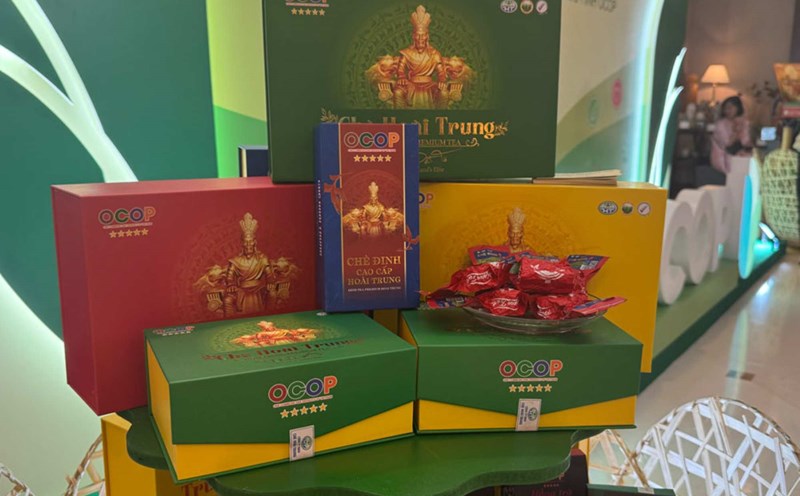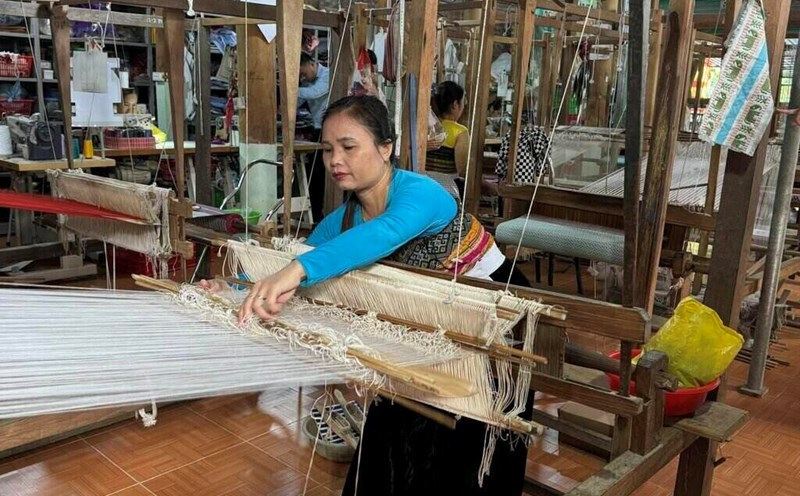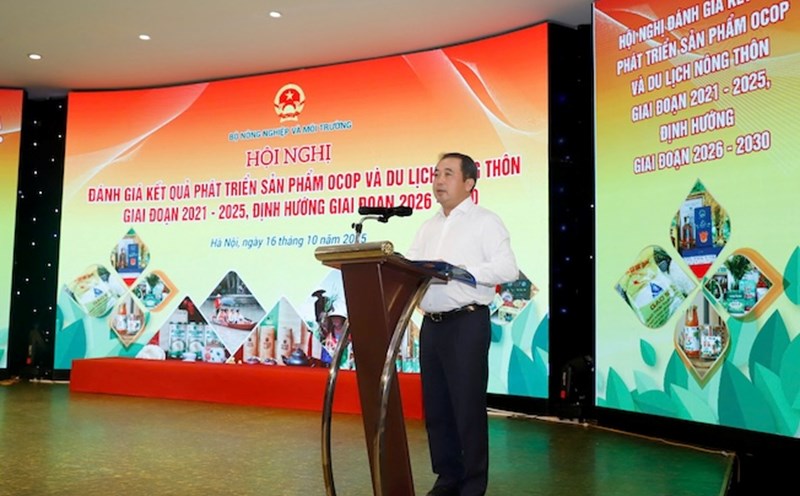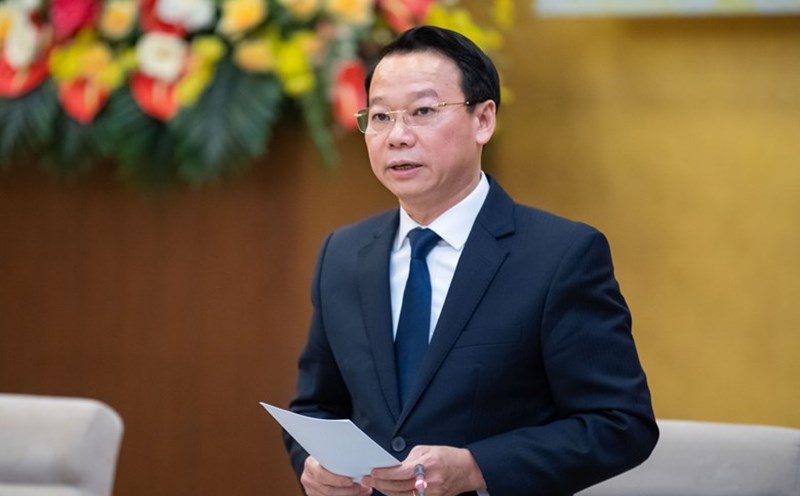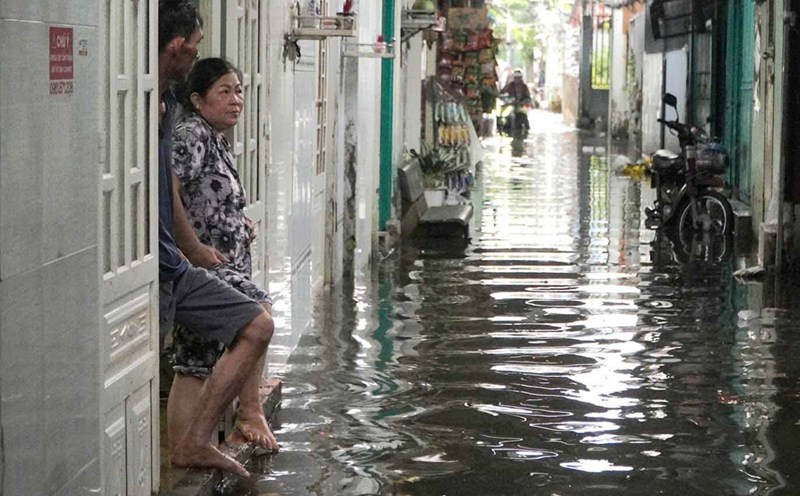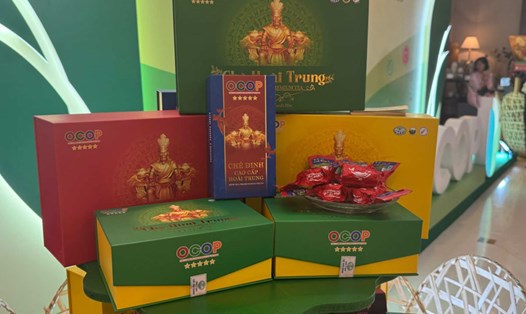Small production scale, lack of synchronization
In the current flow of extensive integration, Hanoi's traditional craft villages continue to affirm their important role in socio-economic development, cultural preservation and new rural construction. Hanoi currently has more than 1,350 craft villages, of which more than 320 villages are recognized as traditional craft villages, creating thousands of sophisticated handicraft products, rich in identity and imbued with the soul of Thang Long - Hanoi.
Along with that, the program "Each commune has one product - OCOP" has become an important pillar to help craft villages innovate and develop. To date, Hanoi has evaluated and recognized more than 3,000 OCOP products, most of which originate from craft villages.

At the seminar "Developing Hanoi craft villages associated with building OCOP product brands" organized by Economic & Urban Newspaper in coordination with the Steering Committee of the campaign "Vietnamese people prioritize using Vietnamese goods" organized by Hanoi City and the People's Committee of Tay Ho Ward, Mr. Pham Anh Tuan - Vice Chairman of the Vietnam Fatherland Front Committee of Hanoi City, Deputy Head of the Steering Committee of the Campaign "Vietnamese people prioritize using Vietnamese goods" assessed that many production facilities, cooperatives, and enterprises in Hanoi have boldly applied new technology, focusing on designs, packaging, brand building, and tracing the origin of products.
"Many OCOP products have become a typical brand of the capital, welcomed by domestic and international consumers, contributing to affirming the position of Vietnamese goods in the market" - Mr. Tuan said.
In addition to positive results, the development of craft villages and building the city's OCOP brand is also facing many difficulties.
According to Mr. Pham Anh Tuan, the scale of small-scale production is not synchronous, some craft villages are still outdated in the application of science and technology; promotion and advertising work is not commensurate with potential. Many craft villages have difficulty accessing capital, land, planning instructions and building collective brands.

Building a brand story for each OCOP product
At the seminar, Ms. Ha Thi Vinh - President of the Hanoi Crafts and Craft Villages Association, entering the period of industrialization and modernization, craft villages are also facing many challenges in the context of current fierce integration and competition, Hanoi craft villages need to have solutions to improve quality, design, as well as build an OCOP product brand with the unique identity of the capital Ms. Vinh assessed.
Ms. Ha Thi Vinh believes that to stand firm in the integrated market, for craft villages to develop sustainably, Hanoi craft villages need to shift from the mindset of "working" to the mindset of "making a brand".
First of all, improve product quality must consider quality as the core, the ethics of the craftsman. At the same time, it is to innovate design and design, combining handicraft quintessence with modern aesthetic trends, to make the product both traditional and contemporary. Second, build a brand story for each OCOP product. Today's consumers do not just buy a product, they want to hear a story - about culture, about people, about heritage. Each product delivered to customers is not only a commodity, but also a cultural message, a heritage story Ms. Vinh suggested.

Discussing solutions for developing OCOP products, Mr. Pham Anh Tuan said that it is necessary to promote propaganda work, raise awareness of people, businesses, and cooperatives about the meaning, value, and benefits of the OCOP Program.
In addition, it is necessary to focus on supporting craft villages in planning, investing in infrastructure, treating the environment, forming modern craft village industrial clusters, linking production with preserving cultural space, experiential tourism and green and sustainable development.
Strengthen the application of science - technology, digital transformation in production, quality management, traceability, e-commerce; encourage manufacturing facilities to participate in the OCOP e-commerce platform, use QR codes, smart stamps, increase value and market access.
Strengthen trade promotion, promote the brand of OCOP products and Hanoi craft villages; build a system of points of introduction and sale of OCOP products at shopping malls, tourist areas, airports; connect supply and demand between localities, businesses, domestic and foreign distributors.

